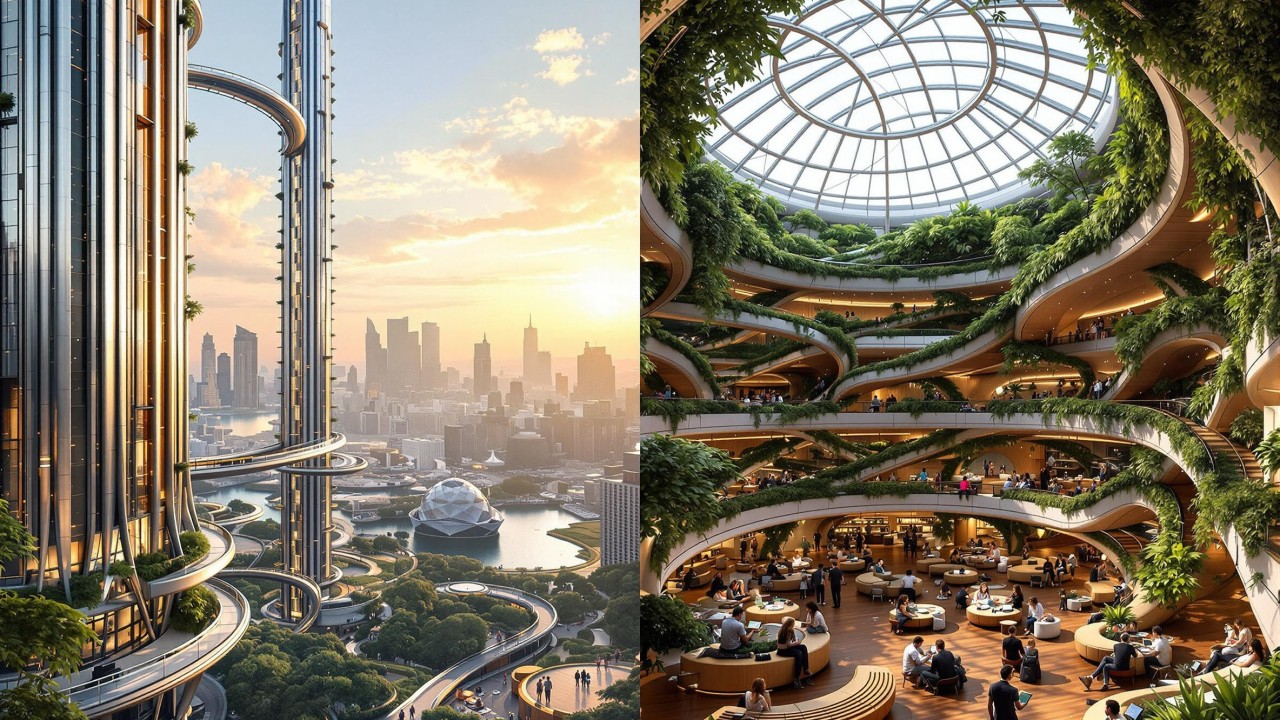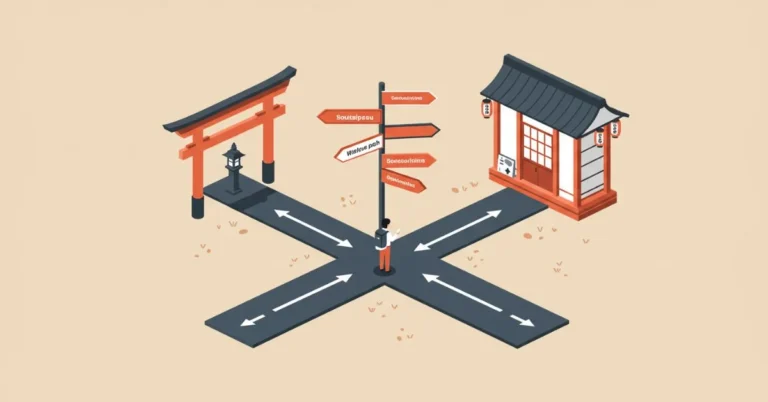Axurbain: The Futuristic Concept Transforming Urban Landscapes
Cities around the world are evolving at an unprecedented pace. As urban populations grow and environmental challenges intensify, the need for smarter, more sustainable, and interconnected urban solutions becomes crucial. Emerging as a powerful response to these demands is Axurbain, a futuristic concept designed to redefine how we live, work, and interact within cities.
In this article, we will explore the Axurbain concept in depth — its origins, core principles, applications, and the transformative impact it promises for the future of urban living.
What is Axurbain?
Axurbain is a visionary approach to urban development that combines smart technologies, sustainability, and connectivity to create highly efficient, livable, and adaptive cities. The term itself blends “Axur,” symbolizing advancement or axis, with “urbain,” the French word for urban, reflecting a new axis or direction for urban growth.
Unlike traditional urban planning, Axurbain focuses on integrating digital infrastructure with environmental stewardship and human-centered design. This integration allows cities to respond dynamically to residents’ needs, optimize resource use, and reduce environmental footprints.
Why Axurbain Matters Today
The 21st century presents cities with complex challenges:
- Rapid urbanization is leading to overcrowding and strain on infrastructure.
- Climate change demands urgent action to reduce carbon emissions and manage natural resources.
- Growing social inequalities require more inclusive urban environments.
- Technological advancements offer new tools, but also raise questions about integration and privacy.
Axurbain addresses these challenges by proposing an interconnected framework where smart technologies, sustainability, and community well-being work hand in hand. This approach not only improves quality of life but also promotes resilience and adaptability amid uncertainty.
Core Pillars of Axurbain
1. Smart Technology Integration
At the heart of Axurbain is the seamless incorporation of advanced digital technologies throughout urban spaces. This includes:
- Internet of Things (IoT): Sensors and connected devices monitor traffic, energy use, air quality, and more, providing real-time data for smarter decision-making.
- Artificial Intelligence (AI): AI-driven analytics optimize resource distribution, predict infrastructure needs, and enhance public safety.
- 5G Connectivity: High-speed networks ensure fast, reliable communication between devices, systems, and people.
- Automation: Smart systems manage lighting, waste disposal, and public transport to improve efficiency and reduce costs.
2. Sustainability and Environmental Stewardship
Axurbain prioritizes green infrastructure and low-impact development practices, such as:
- Renewable Energy: Solar panels, wind turbines, and other clean energy sources power urban operations.
- Green Spaces: Parks, green roofs, and urban forests improve air quality and provide recreational areas.
- Water Management: Innovative solutions capture and recycle rainwater, reduce runoff, and ensure sustainable supply.
- Waste Reduction: Smart waste collection and recycling minimize landfill contributions.
3. Connectivity and Community
Beyond technology and environment, Axurbain fosters social connections and inclusivity by:
- Accessible Public Spaces: Designing areas that encourage community interaction and cultural expression.
- Affordable Housing: Implementing mixed-use developments to provide diverse living options.
- Mobility Solutions: Offering efficient public transport, bike-sharing, and pedestrian-friendly infrastructure.
- Digital Inclusion: Ensuring all residents have access to digital tools and education.
Applications and Examples of Axurbain in Action
While Axurbain is a broad concept, several real-world initiatives embody its principles:
- Smart City Districts: Some cities are creating dedicated zones equipped with sensors, renewable energy, and smart buildings that serve as testbeds for Axurbain ideas.
- Urban Farming: Vertical gardens and rooftop farms integrate food production into cityscapes, reducing food miles and promoting sustainability.
- Intelligent Traffic Systems: AI-managed traffic lights and autonomous vehicle integration reduce congestion and emissions.
- Community Apps: Platforms that connect residents with local services, events, and governance foster active participation and social cohesion.
Benefits of Embracing Axurbain
Cities adopting Axurbain frameworks experience a range of advantages:
- Improved Quality of Life: Cleaner air, better mobility, and vibrant public spaces enhance well-being.
- Economic Growth: Innovation hubs and efficient infrastructure attract investment and create jobs.
- Environmental Protection: Reduced carbon footprints and resource efficiency support climate goals.
- Resilience: Adaptive systems can better respond to disasters, economic shifts, or population changes.
- Social Equity: Inclusive design and digital access bridge divides and empower communities.
Challenges in Implementing Axurbain
Despite its promise, transitioning to Axurbain faces obstacles:
- Cost: Infrastructure upgrades and technology deployment require significant investment.
- Data Privacy: Collecting and managing urban data raise ethical and security concerns.
- Coordination: Successful implementation demands collaboration across government, private sector, and citizens.
- Technological Complexity: Integrating diverse systems can be technically challenging.
- Cultural Acceptance: Residents must embrace changes and new modes of living.
Addressing these challenges involves transparent governance, public engagement, and flexible policies that balance innovation with social responsibility.
The Future of Urban Living with Axurbain
Axurbain represents a forward-thinking vision where cities become living, breathing ecosystems — responsive, efficient, and sustainable. As technology advances and urban pressures mount, this concept offers a pathway to create cities that are not only smart but also humane and resilient.
Future Axurbain developments may include:
- Fully Autonomous Public Transport: Seamless, on-demand transit reducing private vehicle reliance.
- AI-Enhanced Public Services: Predictive healthcare, education, and safety tailored to community needs.
- Circular Economy Integration: Zero waste, reuse, and recycling embedded in city operations.
- Personalized Urban Experiences: Adaptive environments that adjust lighting, temperature, and sound for individual comfort.
These innovations will transform urban living from a challenge into an opportunity for growth, connection, and sustainability.
Conclusion
Axurbain is more than just a concept; it is a blueprint for the cities of tomorrow. By combining smart technology, sustainability, and community connectivity, Axurbain paves the way for urban landscapes that thrive economically, socially, and environmentally.
As cities continue to evolve, embracing Axurbain principles will be essential to meeting the demands of a changing world — creating places where people can live healthier, happier, and more connected lives.
Whether you are an urban planner, policymaker, technologist, or citizen, understanding and supporting the Axurbain movement is key to shaping the future of urban life.





